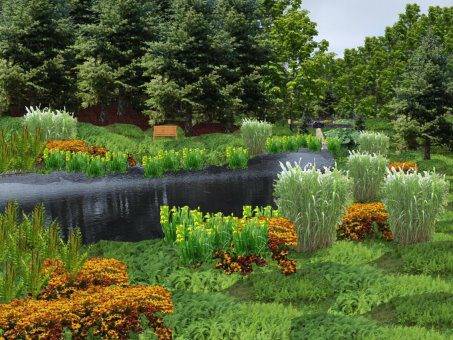Crops are plants grown specifically for human consumption. There are three categories:
- Vegetables & Root
- Fruits
- Nuts
It is important to encourage pollinators to your yard to increase the yields of most of these plants. Certain butterflies and moths also use these plants as a source of food for their young. That is one good reason not to use chemicals on your crops. It will kill the pests but also kill the beneficial insects.
Not all nuts are grown for human consumption like acorns and beechnuts.
Technically some plants we call fruits are not fruits and some plants we call vegetables are actually fruits. When scientists classify fruits, vegetables and nuts, it all comes down to anatomy. But in popular culture, we often get it all mixed up calling fruits vegetables and vegetables fruits.
Botanically speaking, a fruit is a seed-bearing structure that develops from the ovary of a flowering plant, whereas vegetables are all other plant parts, such as roots, leaves and stems. By those standards, seedy outgrowths such as apples, squash and, yes, tomatoes are all fruits, while roots such as beets, potatoes and turnips, leaves such as spinach, kale and lettuce, and stems such as celery and broccoli are all vegetables.
We will be defining vegetables & fruits using the common culture term and not the scientific. So, even though a tomato is technically a fruit, it will be listed under vegetable.
Common Vegetables
Lettuce, celery, peppers, tomato, squash, zucchini, cabbage, broccoli, herbs, corn, beans, peas, kale, cauliflower, swiss chard
Potato, onion, radish, carrots, turnips, garlic are root or bulb crops
Common Fruits
Apples, pears, peaches, cherries, blueberries, grapes, strawberries, raspberries, currants
Below is a list of field guides & books that would be very helpful.








You must be logged in to post a comment.